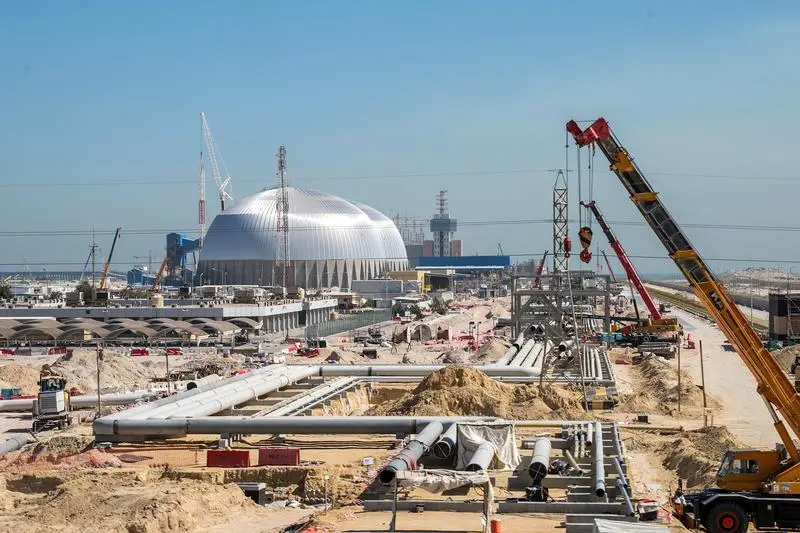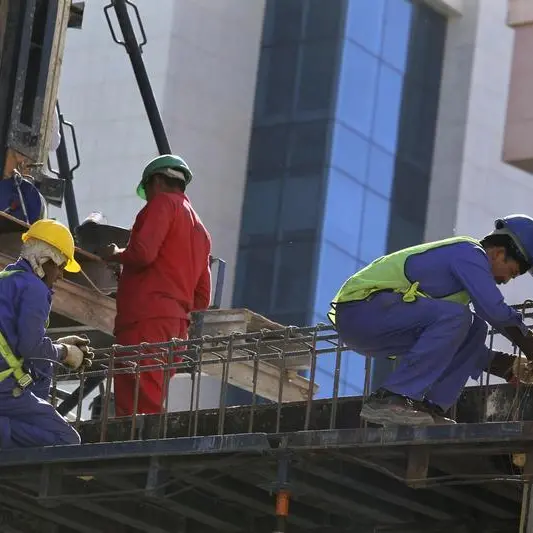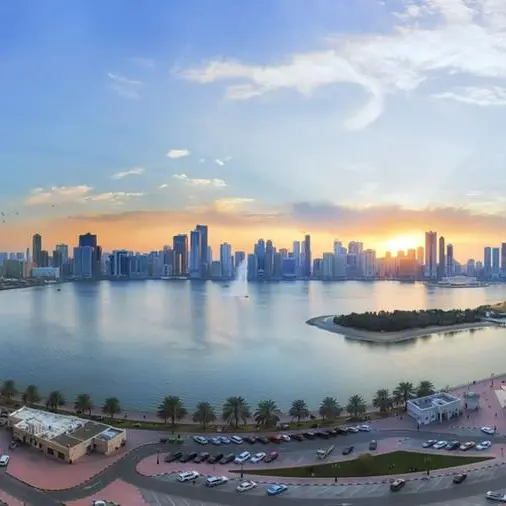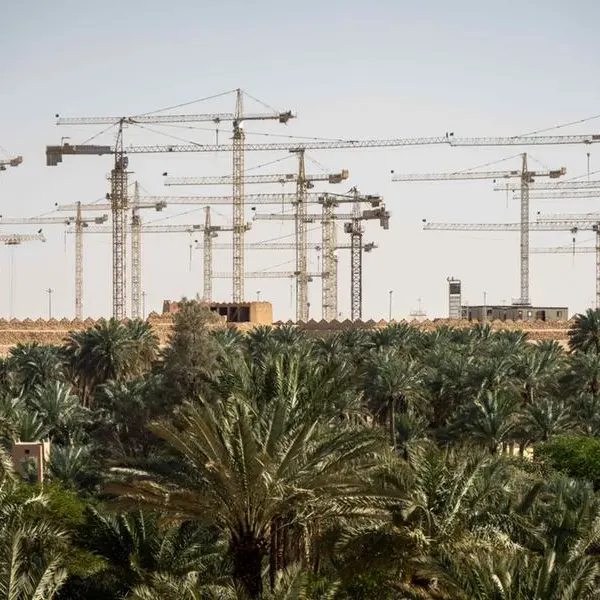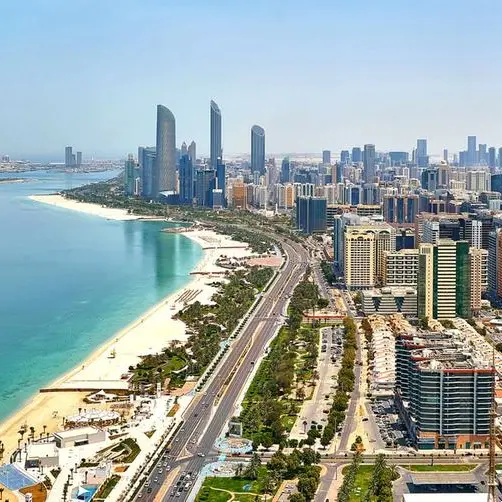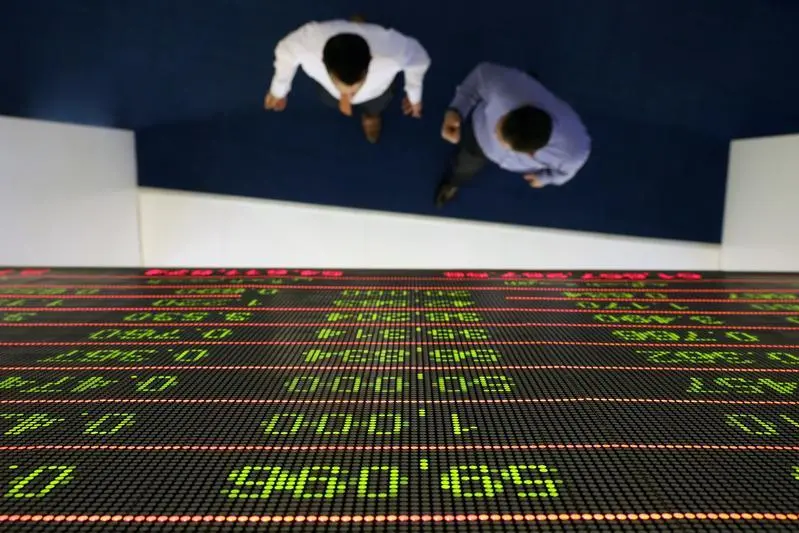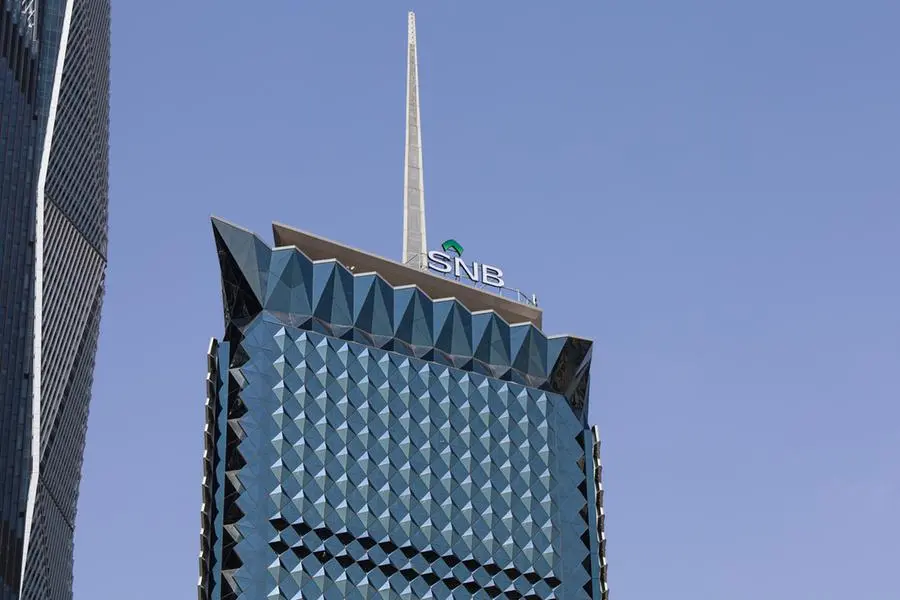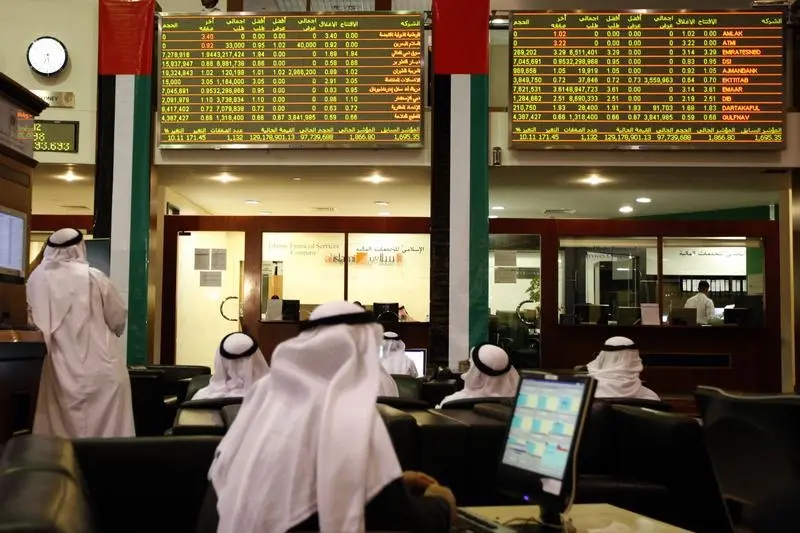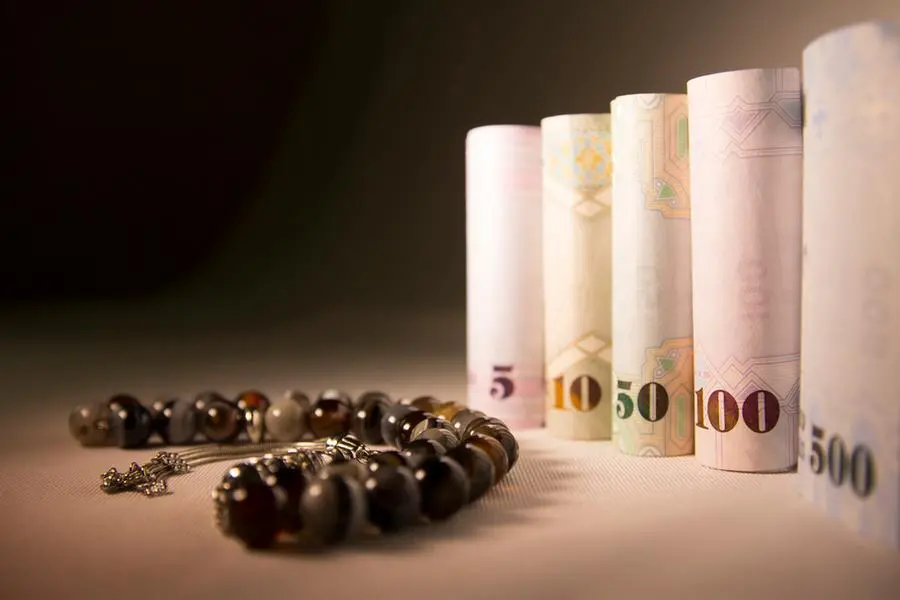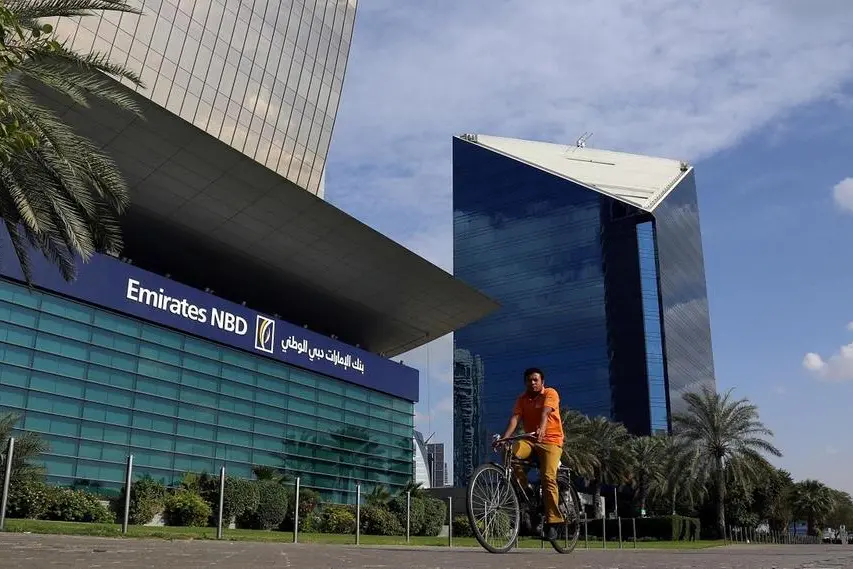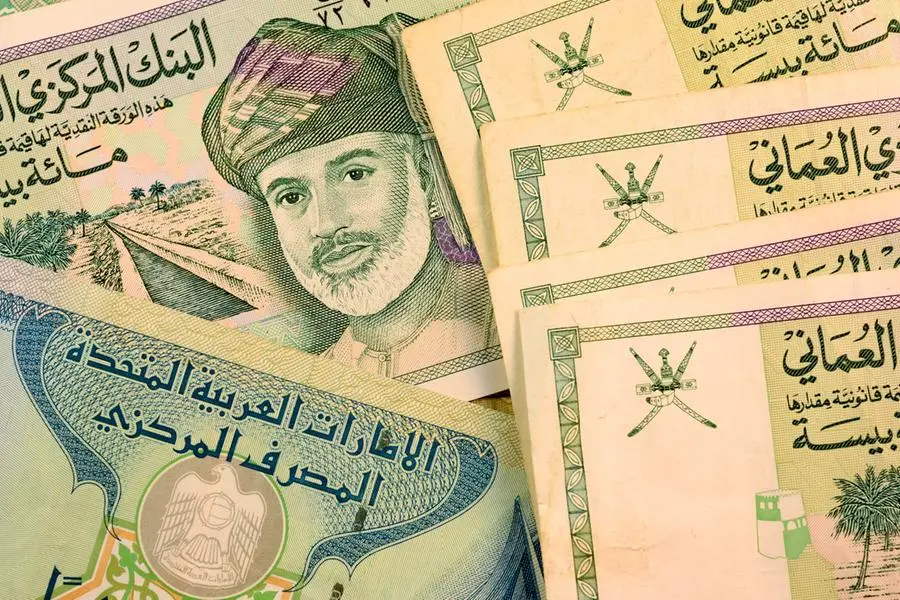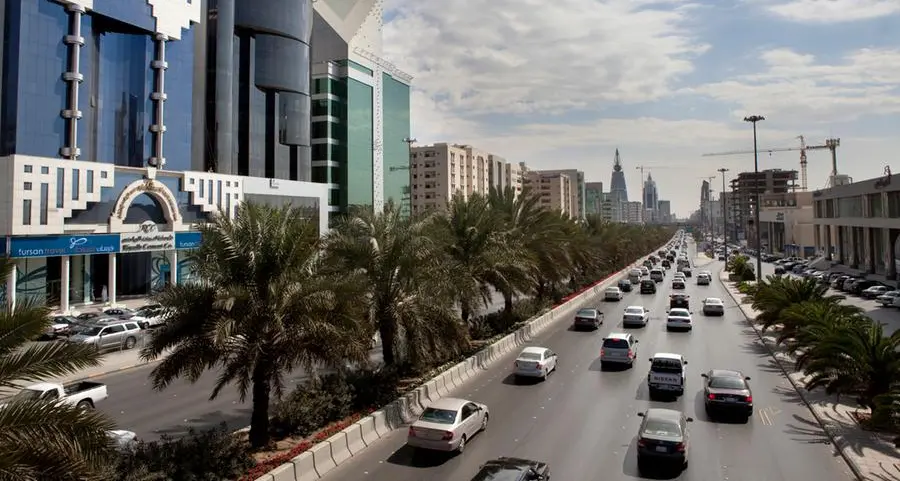PHOTO
Image used for illustrative purpose. A general view of the Sulphur Storage Domes at the Al Zour Refinery that is under construction in Al Zour, Kuwait February 13, 2020.
Kuwait’s projects market is showing signs of a steady recovery, backed by government-led investment initiatives and policy reforms, despite a challenging global backdrop, National Bank of Kuwait (NBK) said in a new outlook report.
NBK’s Macroeconomic Outlook 2025-2026 highlighted the pick-up in project and corporate activity in the Gulf state with project awards reaching a seven-year high of 2.8 billion Kuwaiti dinars ($9 billion) in 2024, Purchasing Managers’ Index (PMI) notching its best ever reading in the fourth quarter of 2024, and bank lending to corporates expanding at its fastest pace in more than two years (4.9 percent year-on-year) in February.
On a broader note, the report said Kuwait’s economic growth should return to positive territory in 2025-26 as the oil sector expands following the unwinding of OPEC+ voluntary production cuts. It projected the GDP to expand by 3.3 percent by 2026 with non-oil growth is seen holding at 2.5 percent plus.
The report highlighted a strong pipeline of Vision 2035 strategic projects in the energy, water, housing and transportation sectors, noting that if the government completes these projects more quickly than currently forecast, the country’s economy could perform better than expected (upside risk).
A housing finance law aimed at addressing the residential shortage is also nearing approval, and could result in much stronger residential investment over time, the report noted.
While the report forecasts fiscal deficits to average KWD 3.5 billion annually through 2026—based on an oil price assumption of $70 per barrel —it expects spending on capital projects to increase due to budget rebalancing.
In the FY25/26 budget, expenditures were held at previous-year levels with wages rising just 2 percent, and average spending growth is projected at 1 percent, with pressure on subsidies and discretionary items.
On the other hand, the new debt law, passed in March 2025, gives the government more flexibility in managing liquidity and financing development.
The report observed that even if 50 percent of the expected deficit is debt-financed, total government debt would only rise to 10 percent of GDP from current 3 percent—still low by international standards. It also forecast increase in both local and foreign currency debt issuances over the next two years.
Despite downside risks from global trade disruptions, and regional geopolitical tensions, and lower oil prices, NBK sees moderate inflation (~2.5%), continued reforms and current base-case assumption of $70 per barrel for oil as factors sustaining Kuwait’s projects steady expansion in the near term.
(Writing by SA Kader; Editing by Anoop Menon)
(anoop.menon@lseg.com)
Subscribe to our Projects' PULSE newsletter that brings you trustworthy news, updates and insights on project activities, developments, and partnerships across sectors in the Middle East and Africa.
